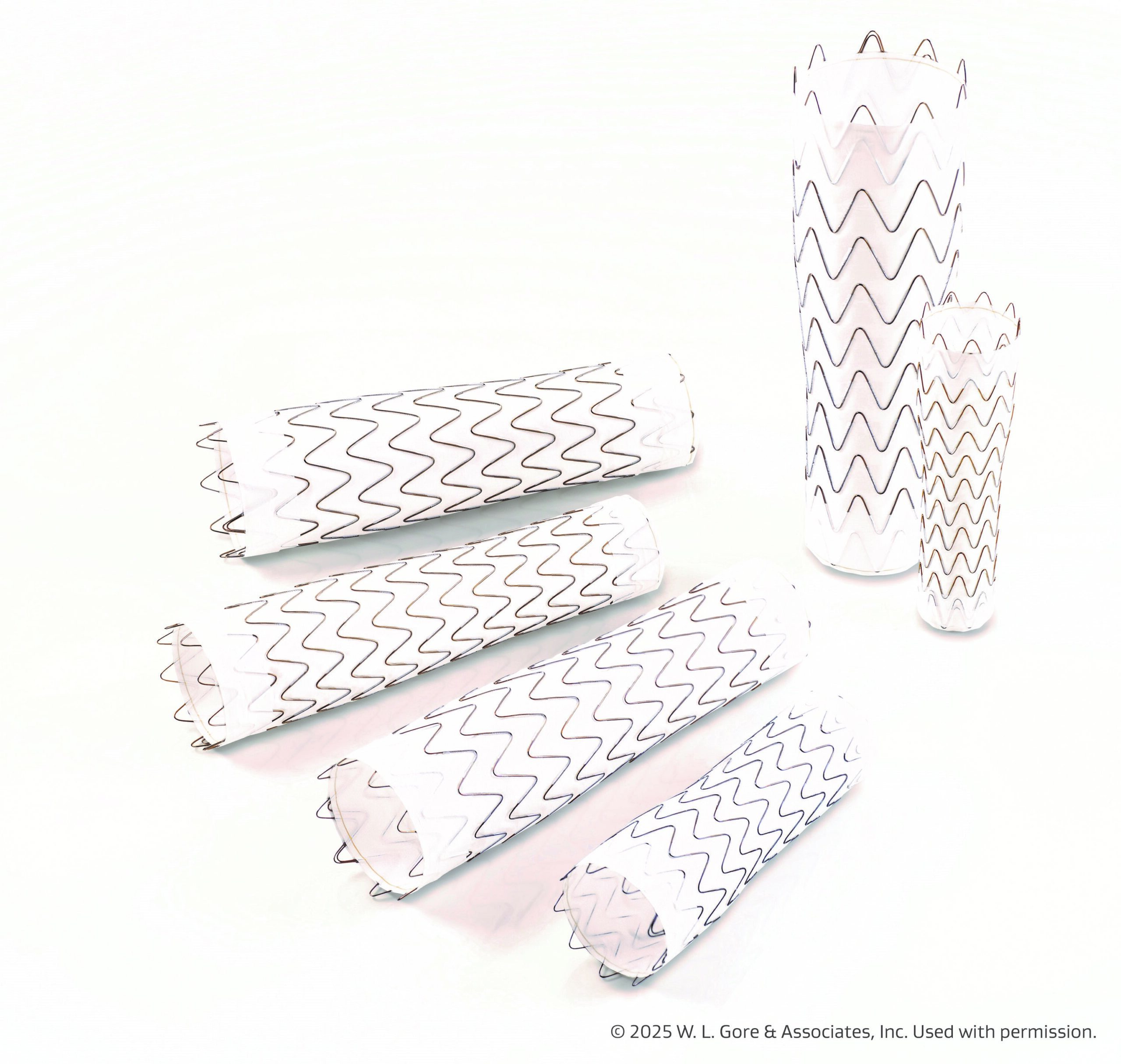
A long-term, randomized, multi-center trial published in the June 14 issue of the European Heart Journal evaluated outcomes associated with a simplified protocol to observe electric cardiac devices based on remote monitoring (RM) in patients with pacemakers (PMs) and implantable cardiac defibrillators (ICDs). After at least two years of follow-up, the researchers concluded the new protocol was safe and effective.
“The surveillance of patients carrying cardiac implantable electronic devices (CIEDs) is crucial for the early detection of clinical and technical problems that may arise but places a significant workload on the staff of the institutions that manage them,” the study authors wrote. They added, “The main objective of this study is to demonstrate, assuming that RM is the standard follow-up method, that it is possible to completely and safely dispense with face-to-face visits by maintaining the same RI structure every 6 months for both PM- and ICD-bearing patients.”
#EuropeanHeartJournal publishes RM-ALONE study results, which provide evidence that remote monitoring is a safe substitute for hospital visits in patients with CIEDs for at least two years. https://t.co/fMwaLcJEkH pic.twitter.com/cGhcoN9z5O
— BIOTRONIK News (@BIOTRONIK_News) February 26, 2019
In the RM-ALONE trial 445 patients, all followed by RM, were randomized to receive home monitoring-only (HMo), which included RM and remote interrogations (RIs) every six months (n = 220), or home monitoring (HM), which included RM as well as in-office evaluations (IO) every six months (HM + IO, n = 225). Among the 445 patients enrolled in the study, 294 had PMs and 151 had ICDs.
In the HMo group, four patients withdrew their consent and did not complete the study; other patients were lost to follow-up (n = 18), died (n = 15), upgraded to cardiac resynchronization therapy (n = 3), or did not complete the study for another reason (n = 6). In the HM + IO group, three patients withdrew consent, and other patients did not complete the study because they died (n = 14), were lost to follow-up (n = 9), had endocarditis (n = 1), or another reason (n = 12). The study’s primary safety outcome was non-inferiority of following up CIEDs using the HMo group approach compared to the HM + IO group. The primary outcome overall was the proportion of patients who experienced ≥ 1 major adverse cardiac event (MACE; this included death of any cause, stroke, hospitalization related to device or cardiac cause, and device-related surgical intervention) over two years.
Positive outcomes of patients reported! "#RM-ALONE is distinct from prior studies … #patients that were dependent on #pacing or had an #ICD for secondary prevention were not excluded; (more reflective of a ‘real world’ population) https://t.co/9QhKD2SziG #HomeMonitoring #safety pic.twitter.com/elwC2aEI19
— BIOTRONIK UK (@Biotronik_UK) March 8, 2019
Safety and Efficacy Similar Between Groups
Of the patients who completed the trial, mean age was similar in the HMo group (72.2 years) and HM + IO group (73.1 years). After two years, ≥ 1 MACE occurred in 88 patients (19.8%) overall—44 each in the HMo (20%) and HM + IO (19.5%) groups. “The mean ± SD number of MACEs experienced per patient was statistically comparable between groups: 0.34 ± 0.79 and 0.36 ± 0.87 for patients followed by HMo and HM + IO, respectively (P = 0.894),” added the study authors.
RM-ALONE trial #EuropeanHeartJournal has proven safety and efficiency of a simplified protocol for both PM and ICD’s based on remote monitoring only for at least 24 months. https://t.co/ju4ue92Cus. @blogarritmias @ESC_Journals @BIOTRONIK_News @theheartorg @secardiologia
— F.Javier Garcia Fernandez (@javyergfMD) February 28, 2019
There were no significant between-group differences observed for each independent composite MACE component. Each group had 15 deaths (HMo group, 6.8% vs. HM + IO group, 6.6%). In the HMo group, causes of death were heart failure (HF, n = 3), stroke (n = 3), sudden unexplained death (SCD), and non-cardiac causes (n = 8). In the HM + IO group, patients died due to HF (n = 4), acute myocardial infarction (n = 1), SCD (n = 2), stroke (n = 1), non-cardiac causes (n = 6), and unknown cause(s) (n = 1).
The study authors concluded, “The surveillance protocol common for single- and dual-chamber PMs and ICDs described in ‘RM-ALONE’, consisting of continuous RM and RI every 6 months, has proven to be safe for at least 2 years of follow-up and very efficient in terms of reducing hospital visits and staff workload.”
Safety and efficiency of a common and simplified protocol for pacemaker and defibrillator surveillance based on remote monitoring only: a long-term randomized trial (RM-ALONE) https://t.co/KfqmCpAOTb
— Grupo Investigación Multidisciplinar Extremeño (@GRIMEX_) June 15, 2019







 © 2025 Mashup Media, LLC, a Formedics Property. All Rights Reserved.
© 2025 Mashup Media, LLC, a Formedics Property. All Rights Reserved.